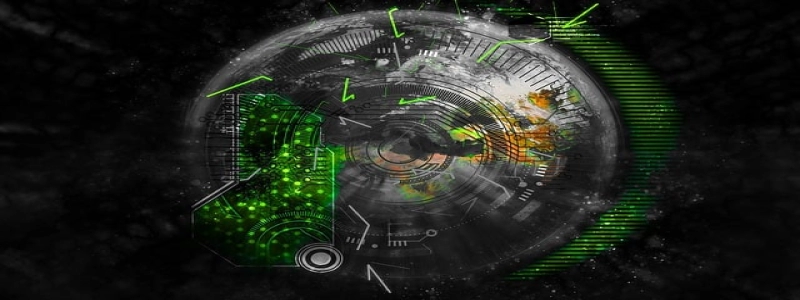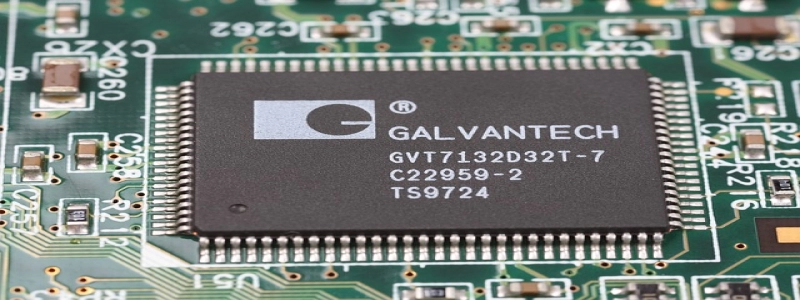Coax vs Ethernet Cable
Introduction:
In today’s digital era, internet connectivity plays a crucial role in our daily lives. Whether it’s for streaming videos, online gaming, or browsing the web, having a reliable and fast internet connection is essential. When it comes to choosing the right type of cable for your internet connection, two options that often come up are coaxial cable and Ethernet cable. In this article, we will discuss the differences between these two types of cables and help you determine which one is best suited for your needs.
1. What is Coaxial Cable?
1.1 Definition
Coaxial cable, commonly known as coax cable, is a type of cable that consists of a central conductor wire surrounded by an insulating layer and a metallic shield.
1.2 Usage
Coaxial cables are widely used for cable television (CATV) and cable internet connections. They are also used for video surveillance systems and high-frequency electronic communications.
2. What is Ethernet Cable?
2.1 Definition
Ethernet cable, also known as twisted pair cable, is a type of cable that contains multiple pairs of copper wires twisted together to reduce interference.
2.2 Usage
Ethernet cables are primarily used for connecting devices to local area networks (LANs) and internet routers. They are commonly used for home and office networking, providing reliable and fast internet connections.
3. Speed and Bandwidth
3.1 Coaxial Cable
Coaxial cables typically offer faster internet speeds compared to Ethernet cables. They have higher bandwidth capacity, making them suitable for high-speed internet and large data transfers.
3.2 Ethernet Cable
Ethernet cables come in different categories, such as Cat5, Cat6, and Cat7, each offering varying speeds and bandwidth capabilities. While they may not match the maximum speeds of coaxial cables, they provide sufficient speeds for most internet needs.
4. Interference and Signal Loss
4.1 Coaxial Cable
Coaxial cables are more resistant to interference and signal loss due to their shielding. This makes them less susceptible to noise and external factors that can degrade the quality of the internet connection.
4.2 Ethernet Cable
Ethernet cables, especially the higher category cables like Cat6 and Cat7, utilize advanced shielding techniques to minimize interference. However, lower category Ethernet cables may be more susceptible to signal loss and interference.
5. Installation and Flexibility
5.1 Coaxial Cable
Coaxial cables are thicker and less flexible compared to Ethernet cables. They require specific connectors, such as F connectors, and may require professional installation.
5.2 Ethernet Cable
Ethernet cables are thinner, more flexible, and easier to install. They come with standardized connectors, such as RJ-45, which are easy to connect and disconnect. Ethernet cables can be easily routed through walls, floors, and ceilings.
Conclusion:
When it comes to choosing between coaxial cable and Ethernet cable for your internet connection, several factors need to be considered. Coaxial cables excel in terms of speed, bandwidth, and resistance to interference. On the other hand, Ethernet cables offer flexibility, easy installation, and are suitable for most internet needs. Understanding the differences and assessing your specific requirements will help you make an informed decision about which cable type is best for your connectivity needs.








